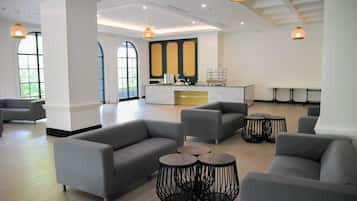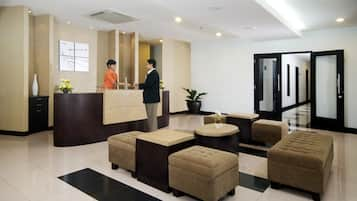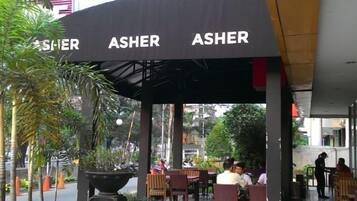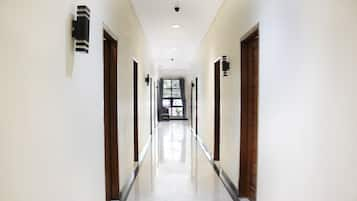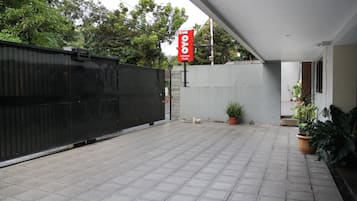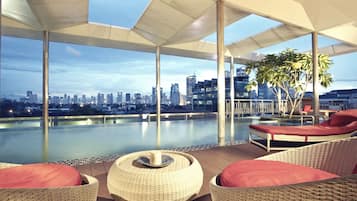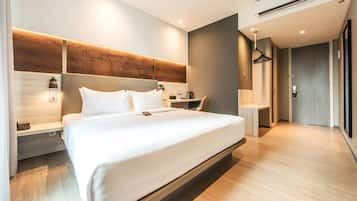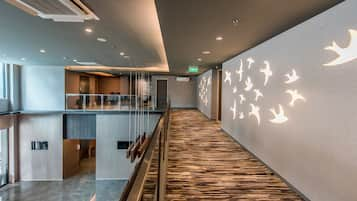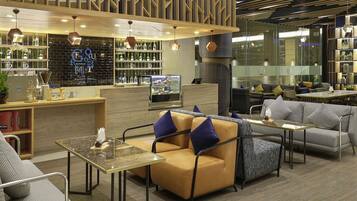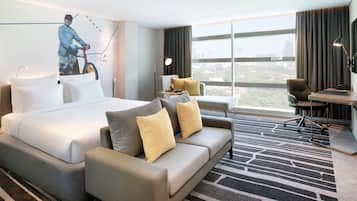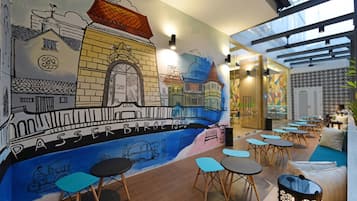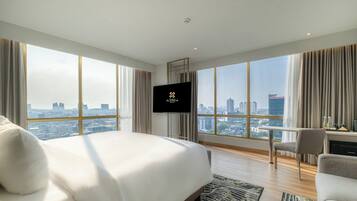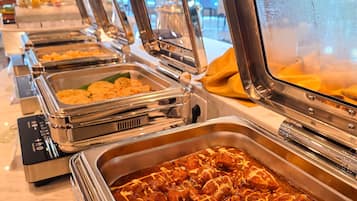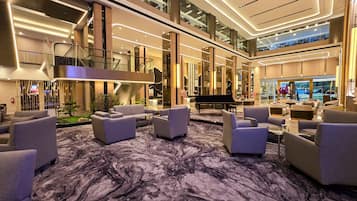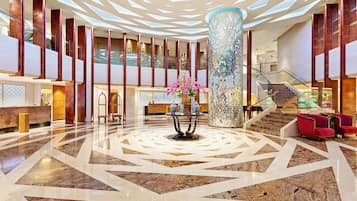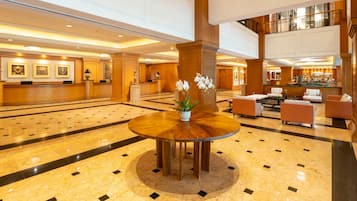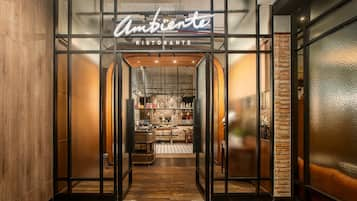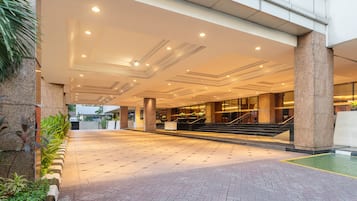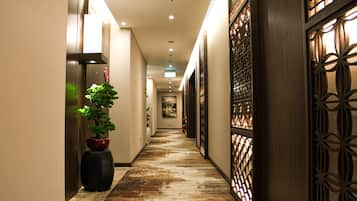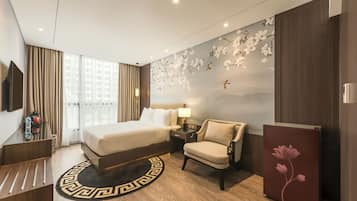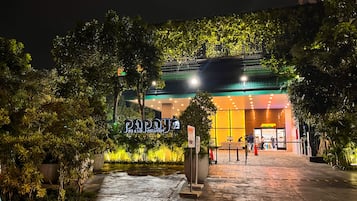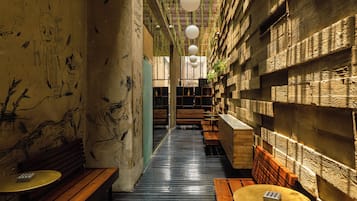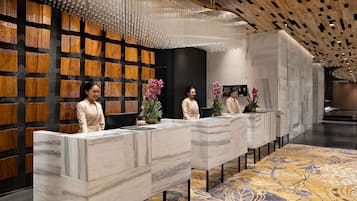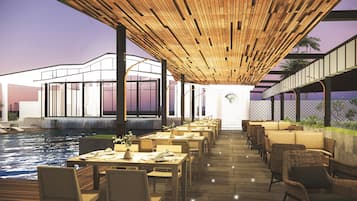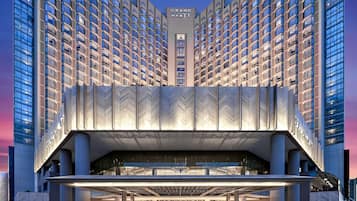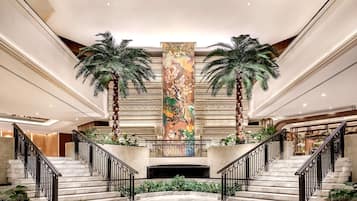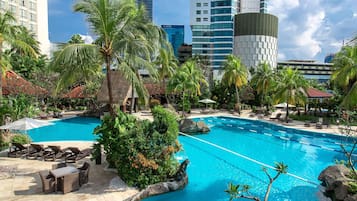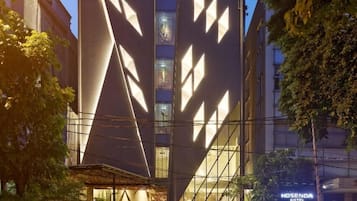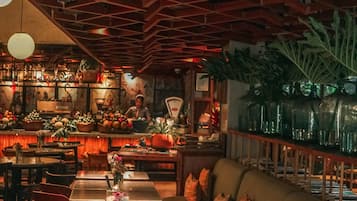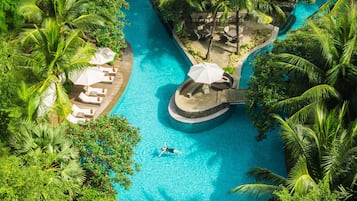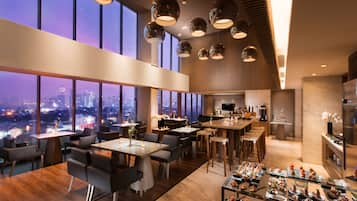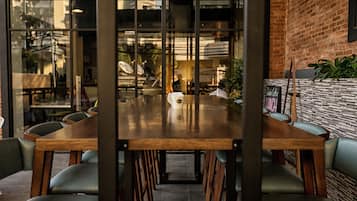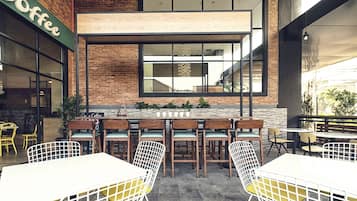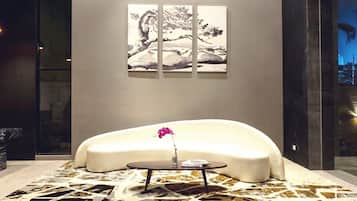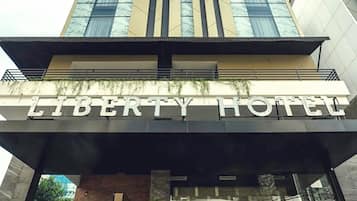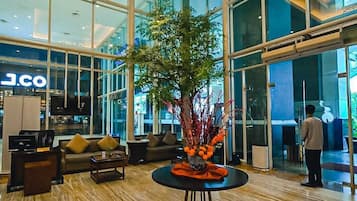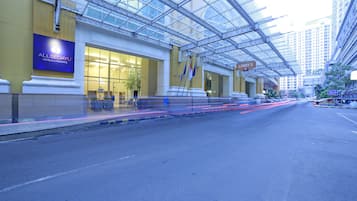What's Johar Baru like?
If you want to find the perfect part of the city to explore, consider Johar Baru. Places such as ITC Cempaka Mas and Jakarta International Velodrome are just a little farther away. Pasar Baru and Jakarta International Expo are two places to visit nearby.
How to get to Johar Baru
Flying to:
- Jakarta (HLP-Halim Perdanakusuma Intl.), 6.1 mi (9.8 km) from Johar Baru
- Jakarta (CGK-Soekarno-Hatta Intl.), 15 mi (24.1 km) from Johar Baru
Things to see and do in and around Johar Baru
Things to see near Johar Baru:
- Jakarta International Velodrome (2 mi/3.2 km away)
- Jakarta Cathedral (2.3 mi/3.6 km away)
- Istiqlal Mosque (2.3 mi/3.7 km away)
- Jakarta International Expo (2.5 mi/4 km away)
- National Monument (2.5 mi/4.1 km away)
Things to do near Johar Baru:
- ITC Cempaka Mas (1.4 mi/2.2 km away)
- Pasar Baru (2.2 mi/3.6 km away)
- Mall Of Indonesia (2.8 mi/4.5 km away)
- Sarinah Mall (2.8 mi/4.5 km away)
- National Museum of Indonesia (2.9 mi/4.6 km away)
When is the best time to visit Jakarta?
- Hottest months: September, October, August, May (average 28°C)
- Coldest months: July, August, February, January (average 27°C)
- Rainiest months: February, January, March, December (average 329 mm of rainfall)
![Jakarta, officially the Special Capital Region of Jakarta, is the capital and most populous city of Indonesia. Located on the northwest coast of the world's most populous island of Java, the city is the center of economics, culture and politics of Indonesia, with a population of 10,075,310 Greater Jakarta metropolitan area, which is known as Jabodetabek (a name formed by combining the initial syllables of Jakarta, Bogor, Depok, Tangerang and Bekasi), is the second largest urban agglomeration in the world, with population of 30,214,303 inhabitants as of 2010 census.[9] Jakarta's business opportunities, as well as its potential to offer a higher standard of living, attract migrants from all over Indonesian archipelago, making the city a melting pot of many communities and cultures.
Jakarta is nicknamed the Big Durian, the thorny strongly-odored fruit native to the region, as the city is seen as the Indonesian equivalent of the US city of New York (the Big Apple). In the colonial era, the city was also known as Koningin van het Oosten (Queen of the Orient), initially in the 17th century for the urban beauty of downtown Batavia's canals, mansions and ordered city layout. After expanding to the south in the 19th century, this nickname came to be more associated with the suburbs (e.g. Menteng and the area around Merdeka Square), with their wide lanes, many green spaces and villas.](https://images.trvl-media.com/place/178982/7bd2bd34-c284-4e56-897d-84d3586aceb7.jpg?impolicy=resizecrop&rw=1920&ra=fit&ch=480)



